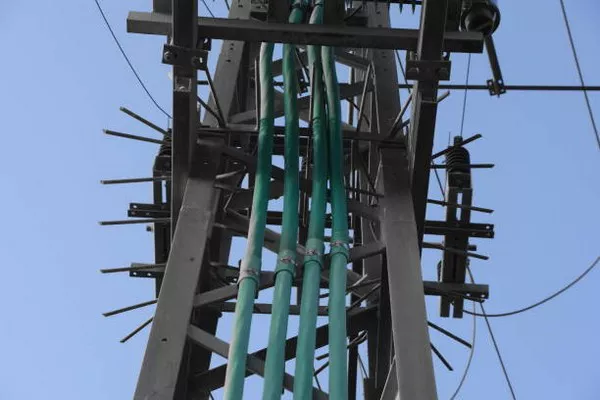In the realm of electrical engineering and power systems, transformers play a pivotal role in the efficient transmission and distribution of electricity. These devices are crucial for converting voltage levels, ensuring that power can be transported across vast distances with minimal loss. There are three main types of transformers, each with its own set of characteristics and applications. This article aims to provide a comprehensive overview of the three types of transformers: power transformers, distribution transformers, and instrument transformers.
Power Transformers:
Power transformers form the backbone of electrical power systems, facilitating the transmission of electricity across long distances. Their primary function is to step up or step down voltage levels, allowing for efficient energy transfer. Power transformers are typically found in power plants, substations, and other key points within the electrical grid.
a. Step-Up Transformers: Step-up transformers increase voltage levels, enabling the efficient transmission of electricity over long distances. This is essential for minimizing energy loss during the transportation of power from power plants to distribution points.
b. Step-Down Transformers: On the other hand, step-down transformers decrease voltage levels, making the electricity suitable for distribution to homes, businesses, and industries. These transformers are crucial in maintaining safe and optimal voltage levels for various end-users.
Power transformers are characterized by their high power ratings and are designed to handle large amounts of electrical energy. They often operate at high voltages and are equipped with advanced cooling systems to dissipate the heat generated during the transformation process.
Distribution Transformers:
Distribution transformers play a vital role in delivering electricity to end-users at lower voltage levels. Unlike power transformers, distribution transformers are situated closer to the consumers, often mounted on utility poles or placed in substations within residential and commercial areas.
a. Pole-Mounted Transformers:
Commonly seen on utility poles, pole-mounted distribution transformers are responsible for reducing voltage levels to the appropriate values for residential and small commercial applications. They are designed to be compact, efficient, and aesthetically unobtrusive.
b. Pad-Mounted Transformers:
Pad-mounted transformers are typically placed on the ground, often in urban or densely populated areas. These transformers are larger than pole-mounted ones and are enclosed in protective housings to ensure safety and durability in various environmental conditions.
Distribution transformers are essential for maintaining voltage levels suitable for everyday use. They ensure that electricity is delivered to homes and businesses at safe and practical voltages, meeting the diverse needs of consumers.
Instrument Transformers:
Instrument transformers are specialized transformers designed to measure and protect power systems. They provide accurate voltage and current measurements for monitoring and control purposes. Instrument transformers come in two main types: potential transformers (PTs) and current transformers (CTs).
a. Potential Transformers (PTs):
PTs, also known as voltage transformers, are used to step down high voltage to levels that can be safely measured by instruments. They provide precise voltage ratios for meters, relays, and other monitoring devices, ensuring accurate readings and efficient system operation.
b. Current Transformers (CTs):
CTs step down high currents flowing through power lines to levels suitable for measurement and protection equipment. They play a crucial role in relaying accurate information about current flow, enabling the timely detection and correction of faults within the power system.
Instrument transformers are essential components in power system protection, control, and monitoring. They contribute to the overall reliability and stability of the electrical grid by providing accurate data for decision-making processes.
Conclusion:
In conclusion, the three types of transformers—power transformers, distribution transformers, and instrument transformers—play distinct yet interconnected roles in the efficient and reliable functioning of electrical power systems. Power transformers serve as the backbone for long-distance energy transmission, distribution transformers ensure safe and practical voltage levels for end-users, and instrument transformers provide accurate measurements for monitoring and protection. Understanding the characteristics and applications of these transformers is crucial for engineers, technicians, and anyone involved in the field of electrical engineering. As technology continues to advance, transformers will undoubtedly evolve, contributing to the ongoing optimization of power systems around the world.

